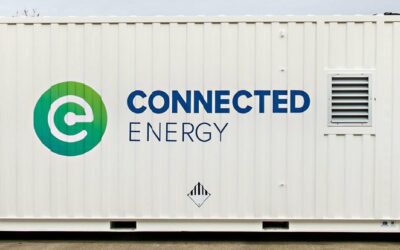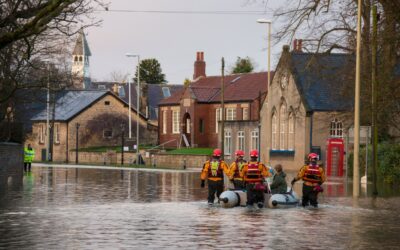Connected homes as living labs for energy management technologies

Connected homes in Newcastle are informing market research and studies into domestic energy and decarbonisation trials.
55 homes were fitted with sensors and gateways to become living labs for the energy sector.
Data on domestic energy use is vital. It enables energy companies to design the best and most efficient services for their customers. It also helps households to compare offerings from energy service providers.
Understanding how energy used and managed in homes also requires effective data collection..
Solving the problem
The Energy Systems Catapult fitted a selection of homes in Newcastle with Internet of Things technology to record data on their everyday use of energy.
Data on energy use and management systems of homes is fed back to energy service providers and device vendors.
Energy service providers can access the critical data and devices to design, price and deliver innovative, high value services.
Vendors of connected devices are also able to make their products available to energy service providers, creating a marketplace to establish new services.
The Home Energy Management System supports the industry’s ambitions to address fuel poverty and energy inequalities through the servitisation of home energy provision.
The intention is that by engaging with the living labs, the energy sector will be able to develop products, services, business models and processes that are sustainable, secure, economical and customer-focused.
Key outcomes
The Home Energy Services Gateway technology was installed in 55 residential properties across Newcastle.
Newcastle homes are part of a growing network of over 200 homes across England, Scotland and Wales that are informing market research and studies into domestic energy and decarbonisation trials.
The Living Lab has been upgraded, with a new digital integration platform for data insights. It now enables:
- energy suppliers to trial energy service propositions with mainstream smart home controls;
- products to be installed quickly and easily into homes using the new digital integration platform to ensure interoperability;
- access to a wealth of consumer and technical data, to rapidly design, market-test and launch smart energy innovations;
- behind-the-meter flexibility to be tested;
- testing of the value of new business models with real consumers.
Partners
Similar stories
Northumbrian Water: Interruption to Supply Risk Mapping using Spatial R Package
Jumping Rivers has worked with Northumbrian Water to develop a tool that identifies the risk of interruption to water supply.
Empowering patients and professionals with transformative technology
A renowned life science enterprise and Monstarlab worked to develop an innovation funnel for the company’s digital app services.
Strengthening data analyst skills to optimise battery systems
Embedding new data science skills into their organisation Working with NICD, Connected Energy...
PYRAMID real-time platform for flood risk assessment
Developing a digitally-enabled environment which benefits policymakers, businesses, communities and individuals
Helping communities use sensors to solve local issues
SenseMyStreet is a toolkit that enables local communities to commission sensors that collect environmental data about their street.
Chatbots to improve frontline services
Newcastle City Council has been using Microsoft’s BOT Framework to develop automated bots that can improve the speed of service provision.








